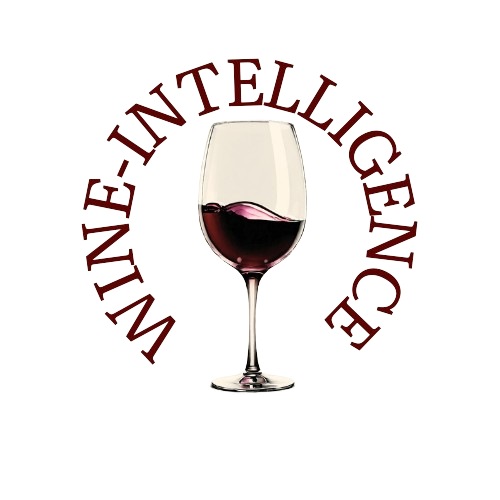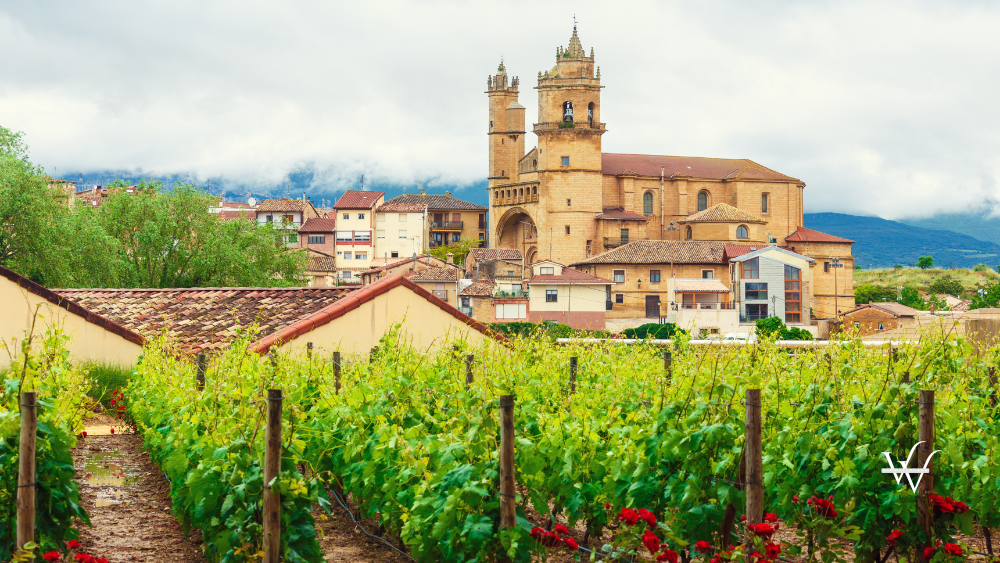Spanning centuries of tradition and innovation, Spain's viticulture faces a pivotal moment as it grapples with contemporary challenges reshaping its wine landscape.
From historical trends to modern adaptations, the sector's journey reflects profound shifts in agricultural practices, market dynamics, and sustainability imperatives.
A Historical Perspective: Decline in Vineyard Area Amidst Geographic Diversification
Recent findings from the Survey on Crop Areas and Yields (ESYRCE), analyzed by the Spanish Wine Market Observatory (OeMv), underscore a significant long-term trend—the reduction of Spain's vineyard area. Over the past forty-three years, the total vineyard area has dwindled, marking a decline of -0.3% in the last year alone, now resting at 928,517 hectares—the lowest recorded in history.
Once exceeding one million hectares, this transformation mirrors broader changes in agriculture and market dynamics. Climate change impacts and sustainability concerns, notably in water usage, are pivotal factors influencing this shift. Castilla-La Mancha, traditionally Spain's largest wine-producing region, has notably contributed to this downward trend, reflecting broader economic and environmental pressures.
However, amidst this decline, some autonomous communities have bucked the trend, showcasing increased vineyard acreage. This geographic diversification hints at a nuanced landscape where regional strengths and adaptations play pivotal roles in Spain's wine future.
Insights from ESYRCE 2023: Navigating Water Resources and Regional Diversity
The detailed analysis of ESYRCE 2023 illuminates crucial facets of Spanish viticulture. Notably, the distribution between dry-land and irrigated vineyards reveals a preference for dry-land cultivation, albeit with a rising trend in irrigated areas. Against the backdrop of climate change, efficient water management emerges as a critical priority for sustainable viticulture, ensuring long-term resilience amid shifting environmental conditions.
Moreover, the regional diversity in vine cultivation underscores Spain's rich oenological tapestry. Yet, challenges persist, particularly in communities witnessing vineyard area reductions like Castilla-La Mancha, Extremadura, Castilla y León, and the Valencian Community. These trends bear implications for wine production, rural economies, and cultural heritage, highlighting the sector's intricate relationship with regional dynamics.
Shifting Paradigms: Quality, Designation of Origin, and Sustainability
Comparing data from 1980 reveals a seismic shift in Spain's wine sector. While expansions in vineyard area are noted in some regions, the overarching trend leans towards reduction—a trend driven not just by economic factors but also by a growing emphasis on wine quality, designation of origin, and sustainable practices.
In this context, climate adaptation, innovation in viticultural techniques, and sustainable resource management emerge as linchpins for the sector's future. Balancing tradition with innovation presents complex challenges yet offers opportunities to redefine Spain's wine landscape for the 21st century.
Looking Ahead: Toward a Sustainable and Dynamic Future
The evolution of Spain's vineyard area mirrors an industry in constant flux—a narrative of adaptation and transformation. While the decline in total vineyard area signals contraction, it also signifies a shift towards more sustainable and efficient practices aimed at preserving and enhancing Spanish wine's quality and global competitiveness.
The interplay between dry-land and irrigated vineyards, alongside shifts in geographic distribution, underscores the sector's responsiveness to climate variability and market demands. As Spain navigates these challenges, the imperative remains clear—to sustainably steward its viticultural heritage while innovating for a dynamic and resilient wine future.
In conclusion, Spain's viticulture stands at a crossroads, where historical legacy meets contemporary imperatives. Embracing change, nurturing regional diversity, and fostering sustainability will define the path forward, ensuring Spanish wine continues to captivate palates worldwide while safeguarding its cultural and environmental legacies.
Source: Vinetur

